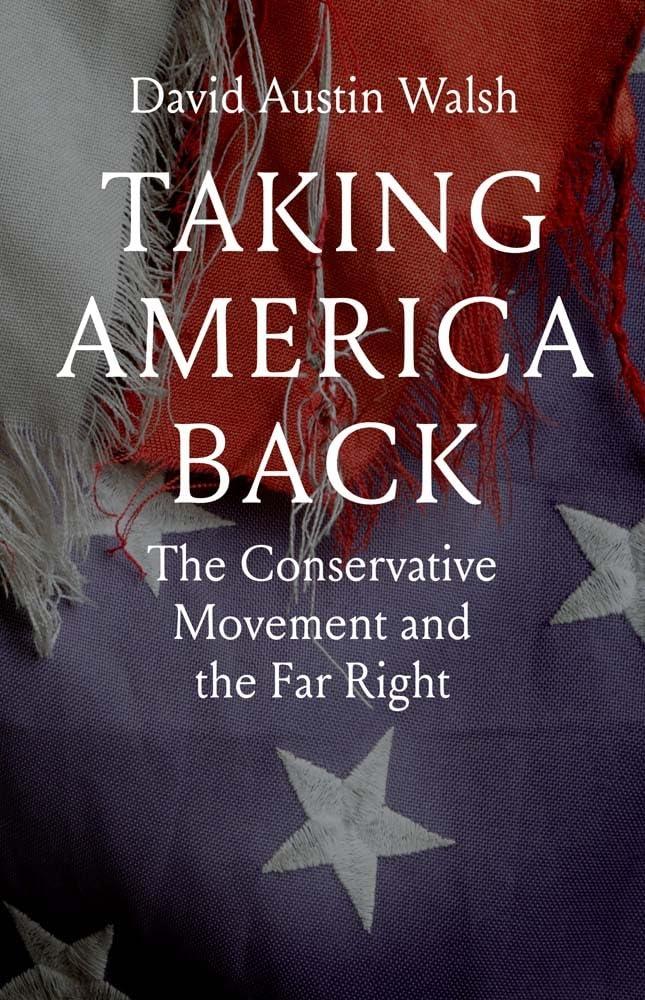Although journalists often regard Trump’s rise as a “hostile takeover” of the Republican Party, Walsh contends that “American conservatism and the far right enjoyed a long and deeply intertwined relationship across the twentieth century.” Further, Walsh argues that “the notion that the far right cannot be a faction of the responsible and respectable conservative establishment remains a deeply pernicious myth.” Despite conventional conservatives’ occasional efforts to publicly distance themselves from those they privately dismissed as kooks, they were in fact allied with extremists in a heterogeneous “popular front.” Not all these extremists were bona fide fascists, of course, but the label hits home because, Walsh maintains, it “was not groundless.”
Walsh’s exploration of the Right begins in the 1930s with the story of a lesser-known critic of the New Deal, Merwin K. Hart (1881–1962). Hart’s New York State Economic Council sought to rally business leaders against FDR’s policies, and he played a pivotal, though not always prominent, role in assorted postwar conservative organizations. Hart often expressed antisemitic views, which he shared with his political ally Charles Lindbergh; he lauded Francisco Franco’s regime in America, Look at Spain (1939); and he embraced a form of anti-democratic mass politics favored by fascists. Predictably, Hart opposed U.S. entry into the war in 1939, but because of his antisemitism, the America First Committee’s John T. Flynn kept him at arm’s length initially. After the war, Hart and his fringe collaborators failed to prevent the United States from recognizing the establishment of Israel, and the postwar groups they created (such as American Action, Inc.) did not become strong grassroots organizations. Still, the inroads Hart did make show that the Far Right was a key element in the larger right-wing popular front.
Another “nexus figure” on the postwar right was Joe McCarthy. Conventional accounts of the Second Red Scare often omit the Wisconsin senator’s extensive ties to extreme elements, but Walsh shows that from the beginning of his senate career, McCarthy sympathized with the Far Right. During a Senate sub-committee investigation of Waffen-SS officer Joachim Pieper’s conviction for his involvement in the execution of eighty-four U.S. POWs in the Malmedy massacre of 1944, McCarthy cast the SS troopers as victims of mishandled prosecutions and brutal treatment by the U.S. Army. McCarthy’s paranoid hatred of the American Left was not a “political novelty” when it emerged in mature form during the early 1950s; it was of a piece with his fascist sympathies.
